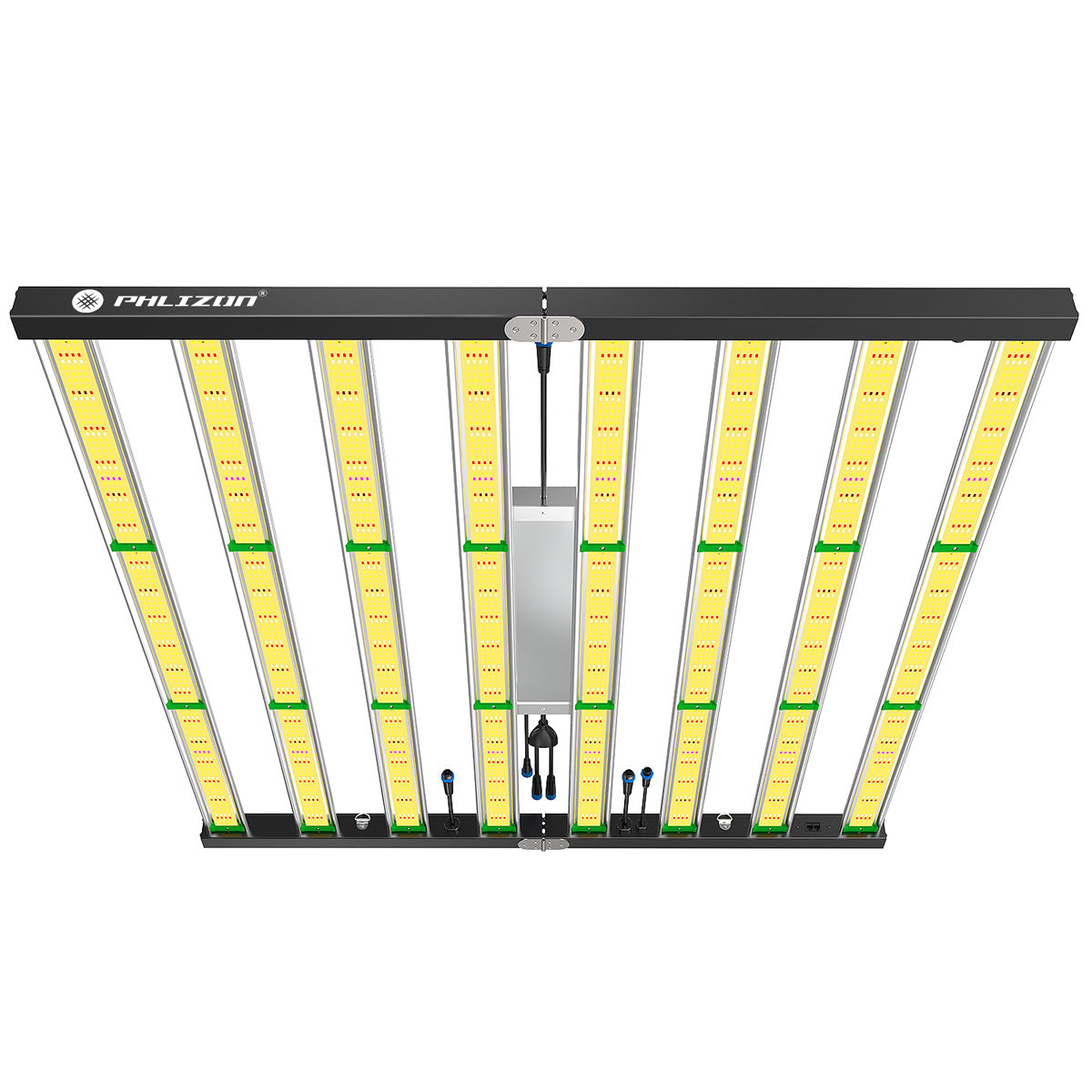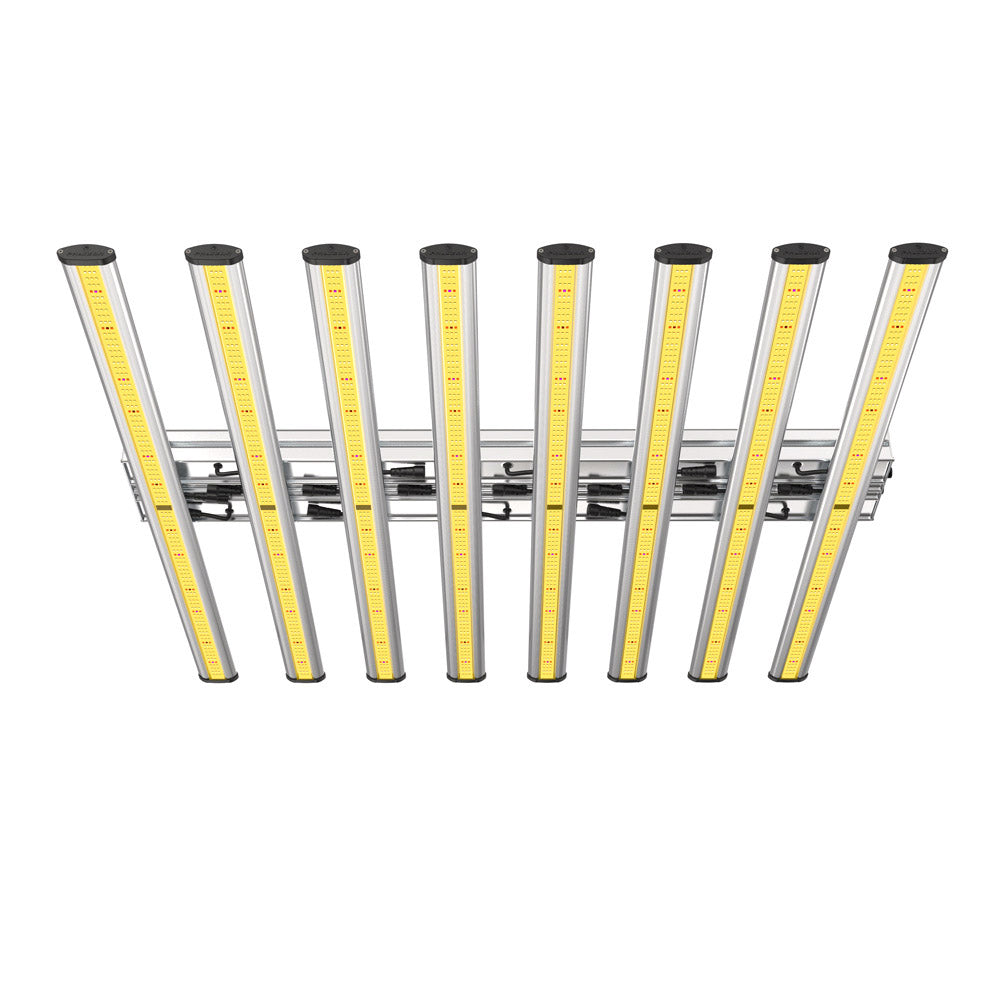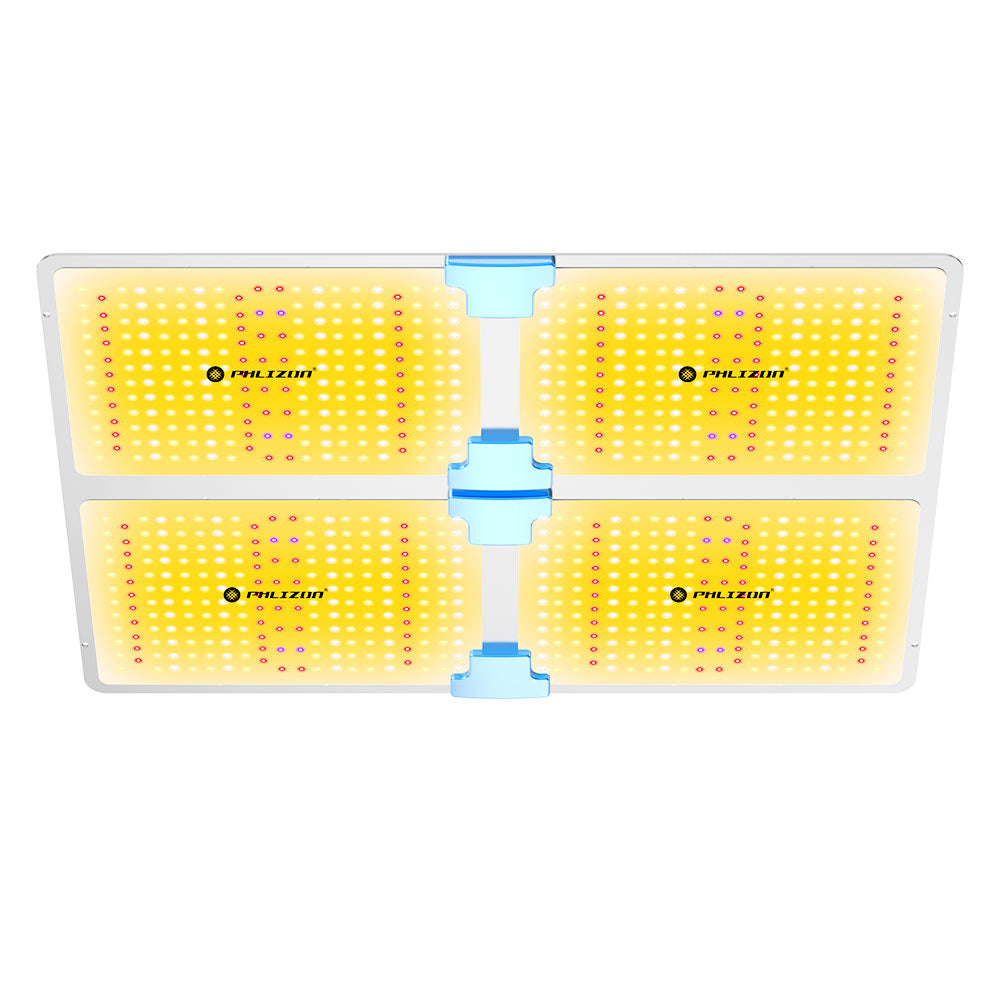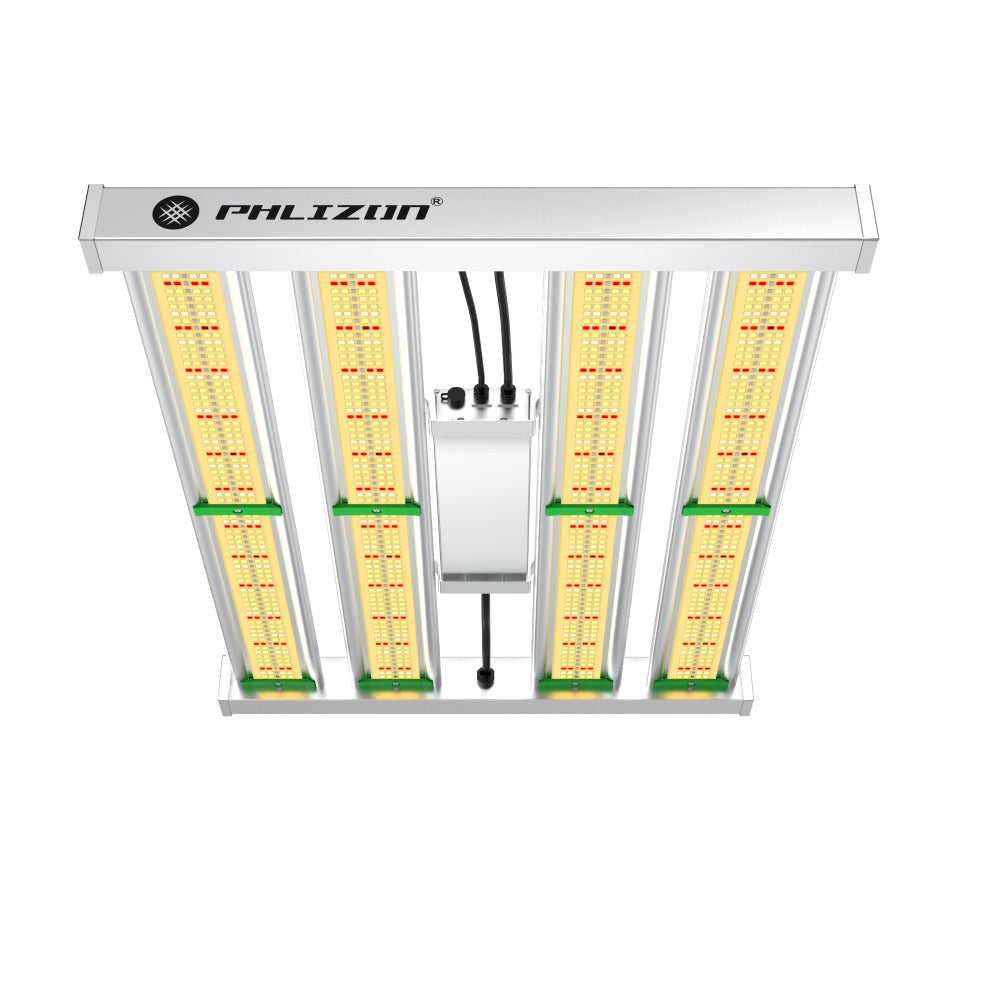Menu
Setting Up the Indoor Grow Room Made Easy: A Comprehensive Guide
Introduction
Are you ready to take your indoor gardening to the next level? Setting up an indoor grow room can provide you with the perfect environment to grow plants, herbs, and vegetables year-round. Whether you're a beginner or an experienced gardener, this comprehensive guide will walk you through the process of setting up your indoor grow room. From selecting the right space to creating the ideal growing conditions, we've got you covered.

Set Up the Indoor Grow Room: Step by Step
Step 1: Choose the Right Space
Before you start setting up your indoor grow room, it's important to select the right space. Consider factors such as size, accessibility, and ventilation. Look for an area that receives ample natural light or can accommodate artificial grow lights. Ensure that the space is easily accessible for watering, maintenance, and harvesting. Adequate ventilation is crucial for regulating temperature and humidity levels.
Step 2: Prepare the Layout
Once you have chosen your space, it's time to prepare the layout of your indoor grow room. Start by cleaning the area thoroughly to remove any dust, debris, or pests. Consider using reflective materials to maximize the available light. Set up your grow lights, ensuring they are positioned at the correct height and angle for optimum plant growth. Arrange your plants in a way that allows easy access for care and maintenance.
Step 3: Create the Ideal Growing Conditions
To ensure successful indoor gardening, it's essential to create the ideal growing conditions for your plants. Maintain a consistent temperature between 70-85°F (21-29°C) during the day, and slightly cooler at night. Invest in a quality thermometer and thermostat to monitor and regulate the temperature. Control humidity levels between 40-60% to prevent mold and disease. Use a hygrometer to measure humidity and consider using a dehumidifier or humidifier if necessary.

Step 4: Provide Adequate Lighting
Proper lighting is crucial for the growth and development of your indoor plants. If you're using artificial grow lights, choose ones that emit the right spectrum of light for your plants' needs. LED grow lights are energy-efficient and offer a wide range of spectrums. Position the lights at the correct distance and angle to ensure even coverage. Monitor the intensity and duration of light to mimic natural daylight cycles.
Indoor grow rooms offer a controlled environment that enables gardeners to grow plants throughout the year, regardless of external climate conditions. The key to successful indoor gardening lies in providing plants with the right combination of light, temperature, and humidity. Among these factors, lighting plays a crucial role in stimulating photosynthesis and determining overall plant health.
Why choose LED grow lights?
LED grow lights have rapidly gained popularity among indoor gardeners due to their numerous advantages over traditional lighting methods. Let's explore some of the reasons that make LED grow lights the ultimate choice for indoor grow rooms:
Energy efficiency: LED grow lights are highly energy-efficient compared to conventional lighting sources, such as high-pressure sodium (HPS) or metal halide (MH) lamps. They produce more light per watt, saving you both energy and money in the long run.
Customizable light spectrum: Unlike generic lighting fixtures, LED grow lights provide you with the ability to tailor the light spectrum according to the specific needs of your plants. Different growth stages require different light wavelengths, and LED grow lights allow you to optimize the spectrum, enhancing plant growth and maximizing yields.
Long lifespan: LED grow lights have an impressive lifespan of up to 50,000 hours, significantly outlasting traditional lighting options. This durability translates to reduced replacement costs and a longer-lasting investment.
Expert Insights: How to Select the Right LED Grow Light for Your Indoor Grow Room
Choosing the perfect LED grow light for your indoor grow room can be overwhelming, given the vast array of options available. To simplify the process, consider the following factors:
Light intensity: Different plants have different light intensity requirements. When selecting an LED grow light, ensure it provides sufficient intensity across the entire coverage area of your grow room.
Light spectrum: As mentioned earlier, plants have specific light spectrum requirements during various growth stages. Look for LED grow lights that offer a customizable spectrum or a broad range that suits your diverse plant needs.
Energy consumption: Efficiency matters! Opt for LED grow lights with high energy efficiency ratings to reduce power consumption and minimize heat output, ensuring a healthier environment for your plants.

Step 5: Ensure Proper Ventilation
Proper ventilation is essential for maintaining a healthy indoor grow room. It helps control temperature, humidity, and air circulation. Ensure that your grow room has sufficient air exchange by using fans or exhaust systems. Position fans strategically to promote air movement and prevent heat buildup. Carbon filters can help remove odors and contaminants from the air.
Step 6: Choose the Right Growing Medium
Selecting the right growing medium is crucial for the success of your indoor garden. Options include soil, coco coir, hydroponics, or aquaponics. Consider the specific needs of your plants and choose a medium that provides adequate nutrients, drainage, and pH balance. Regularly monitor moisture levels and pH levels to ensure optimal plant health.
Step 7: Water and Nutrient Management
Proper water and nutrient management are vital for the overall health and growth of your indoor plants. Avoid over or under-watering by consistently monitoring the moisture levels of the growing medium. Use a pH meter to check the acidity or alkalinity of the water, and adjust it to the appropriate range. Employ a nutrient regiment that caters to the specific needs of your plants, providing them with essential macronutrients and micronutrients.
Conclusion
Setting up an indoor grow room allows you to have full control over your gardening environment and enables year-round cultivation. By following the steps outlined in this guide, you can create the perfect space for your plants to flourish. Remember to choose the right space, prepare the layout, create ideal growing conditions, provide adequate lighting and ventilation, choose the right growing medium, and manage water and nutrients effectively. With patience, dedication, and the right knowledge, you'll soon be reaping the rewards of your indoor garden.
Featured blog
- Choosing a selection results in a full page refresh.


















